These are all archaeological sites that have caused much surprise in human history because up to now, the scientific community is still “scratching their heads” looking for answers about their appearance.
Surely we are no strangers to ancient Egypt with its Pyramids and Pharaohs thousands of years ago. Until now, modern technology still has no satisfactory explanation for the construction of the Giza Pyramids by the Egyptians. Are the authors of those pyramids not human?
But there are still countless other archaeological discoveries that are leaving a big question mark for modern science. Below are 5 archaeological discoveries that surprised human history.
1. L’Anse aux Meadows, Canada
Discovered in 1960, L’Anse aux Meadows is an archaeological site located on the northern tip of the island of Newfoundland (Canada).

Through research, experts discovered that this ancient structure was built by Vikings and is the largest Norse site outside of Greenland.
The interesting point is that this project was built in North America 500 years before Columbus “discovered ” the new continent. Therefore, many theories say that it was the Vikings who discovered America, not the explorer Columbus.
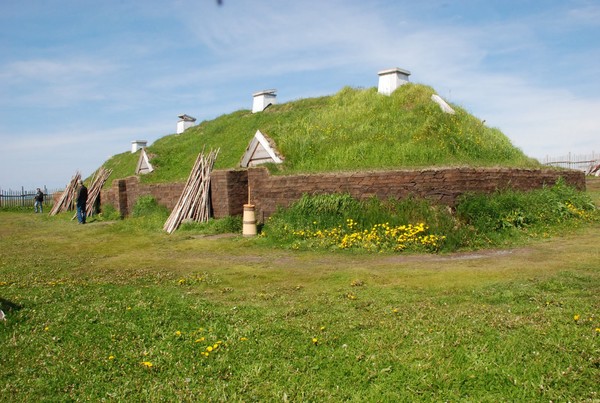
They even found traces showing that Vikings used to forge metal here and trade with local aboriginal people.
The evidence is that indigenous tent items or ropes woven from short animal fur were created by the Vikings in Greenland. The reason is because the natives only sew fur coats and do not know how to weave.
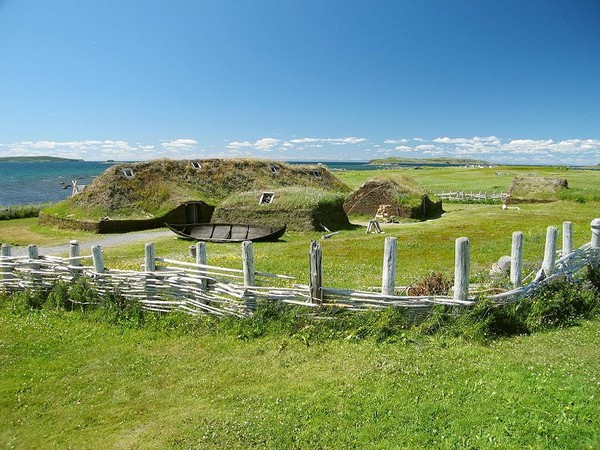
However, that is still not enough to decide who discovered America first and this issue is still controversial. However, L’Anse aux Meadows was recognized by UNESCO as a World Cultural Heritage in 1978.
The archaeological site of L’Anse aux Meadows is the earliest evidence of Europeans in the New World. Besides, this heritage also has special value because it is evidence of human migration in the history of development.
2. Saksaywaman, Peru
Saksaywaman was built as a fortress or complex covering a large area in the northern suburbs of Cusco city (Peru). Yet the ruins that remain today represent only a quarter of the original complex – which could accommodate more than 10,000 people.
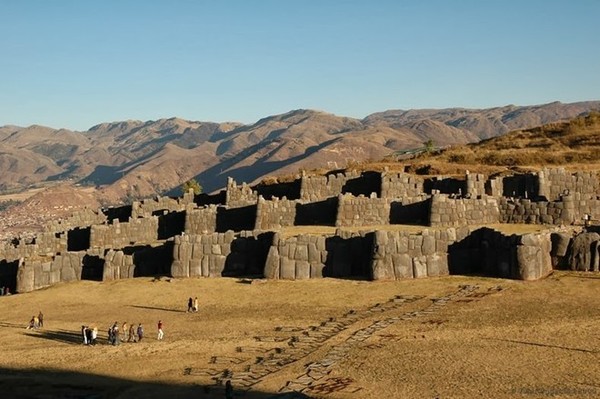
The ruins are large, solidly built walls . Although these rocks have an uneven shape, when placed on top of each other, they fit so well that even a sheet of paper cannot fit through the gaps.
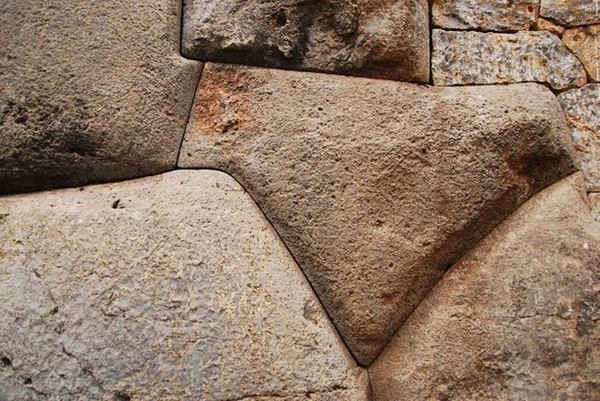
Above the stone walls is a circular foundation containing three towering towers . One can easily see that this foundation is lower when standing next to the stone walls. The largest stone placed as the foundation is 8.5 meters high.

One of the three longest walls is about 400m long and the highest is 6m. A single rock used to build a wall has an estimated weight of 120 – 200 tons.
Through surveys, experts found that the Killke culture (the Killke culture occupied in South America) painstakingly built this work in the 12th century. Then the Inca empire occupied and expanded the project.
Despite careful research, experts still do not understand what purpose this project was built for. Some archaeologists believe that the Saksaywaman ruins may have been a temple built for Sun worship.
In 1983, the Saksaywaman ruins and the city of Cusco were both recognized by UNESCO as World Heritage Sites.
3. Mohenjo-daro, Pakistan
Mohenjo-daro – Mountain of Death – is an archaeological site located in Sindh province, Pakistan. This is one of the largest settlements of the Indus civilization and was only discovered in 1922.
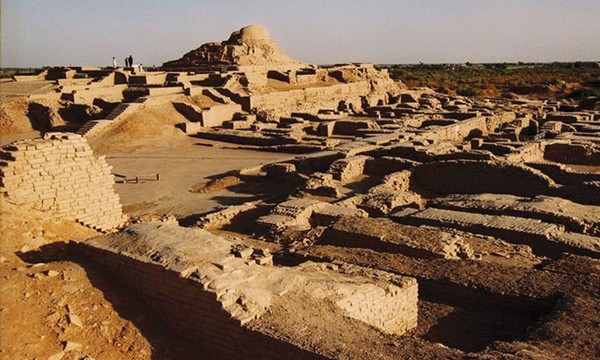
Mohenjo-daro was built around 2600 BC, at the same time as the formation of ancient Egyptian civilization, Mesopotamian civilization.
Because it is located near rivers and fertile plains, Mohenjo-daro is somewhat facilitated for agricultural development. Buildings in the city were built of terracotta , different from other cities of the same era that were built of stone and earth.
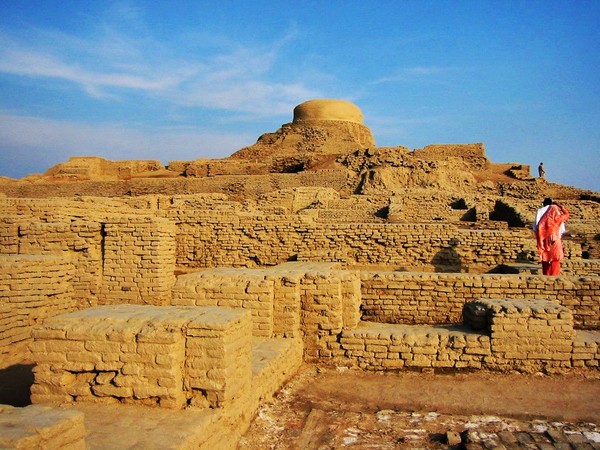
This proves the high level of architecture of the Indus civilization. At its most prosperous, the city had about 35,000 inhabitants, making it the largest city of the Indus civilization.
An even more notable point is that Mohenjo-daro was built according to today’s modern city model with roads, underground drainage system… the only difference is that this city was built more than 4,000 years ago. But for some unknown reason, Mohenjo-daro gradually sank into oblivion.
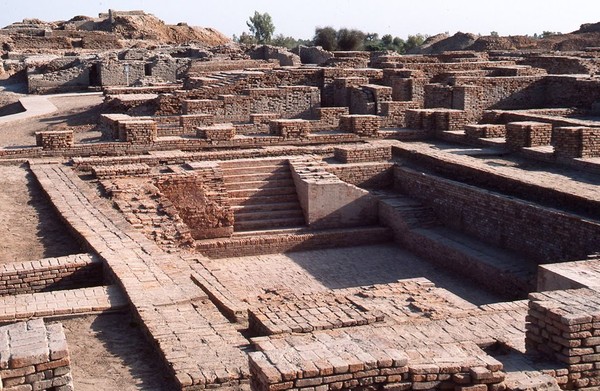
Currently, archaeologists are still diligently researching and excavating seals with ancient hieroglyphs to discover the reason why the city suddenly disappeared in such a mysterious way. Mohenjo-daro was recognized by UNESCO as a World Heritage Site in 1980.
4. Göbekli Tepe Temple, Türkiye
Built 12,000 years ago, Göbekli Tepe temple is located on the top of a mountain in southeastern Anatolia, Turkey, 760m above sea level.
When discovered, this temple seemed to be deliberately buried in sand so as not to be discovered. However, German archaeologists came here and discovered many mysteries about this ancient temple .
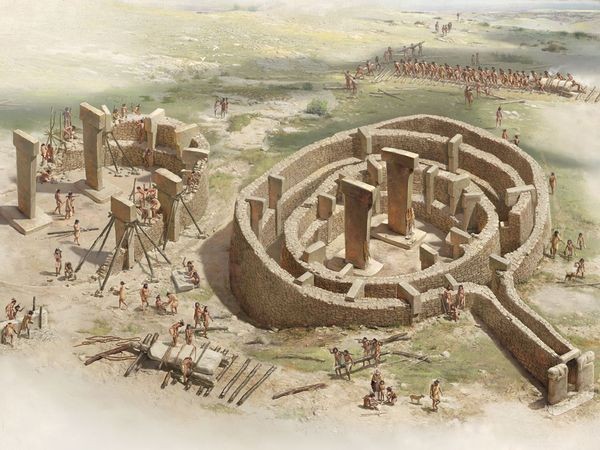
Here, archaeologists found many T-shaped towers, with sculptures of deadly animals, such as scorpions, lions, wild boars… but could not find any tools. Which agriculture ?
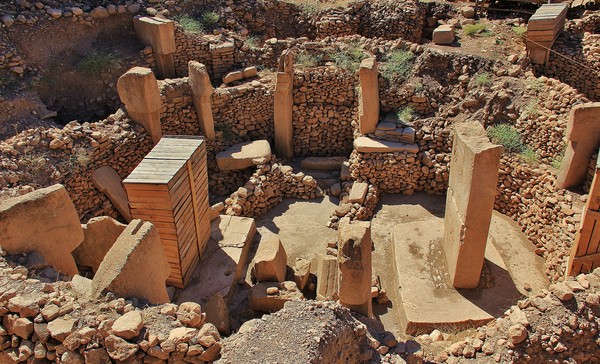
So how were ancient people able to create nearly 6m high pillars and sculpt perfect images dating from 11,000 to 12,000 years ago without using any tools?
Furthermore, why were they able to build a stone structure when there were stones weighing 100-300 tons and what was their purpose of building this temple? Why bury the temple under sand?
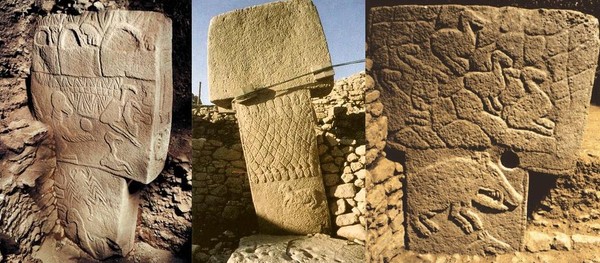
According to the scientific community, this archaeological site has great significance for us about ancient human society. Because this work was built around 10,000 – 9,000 BC, before the advent of agriculture. This proves that belief in gods was truly the beginning of civilization.
5. Long Du Cave, China
Longyu Caves are a series of large man-made caves located in Zhejiang province, China. Discovered in 1992, these 36 caves have today become a major tourist attraction.
The caves are carved out of siltstone, believed to have been formed before the Qin Dynasty in 212 BC. All 36 caves were created separately in an area of only 1 square kilometer. But the strange thing is that there is no archaeological evidence about how that huge amount of stone – 1 million cubic meters of rock – came and went.
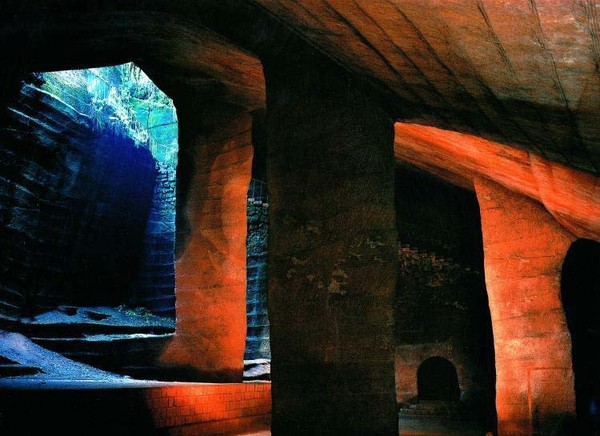
At the same time, there are no historical documents recording the birth history of these caves. Each wall in each cave is engraved with parallel lines with absolute precision.
According to Mr. Jia Gang – a professor at Tongji University specializing in civil engineering, said: “To enter the cave, you need a light because the cave entrance is very small, sunlight can only illuminate a certain area.” of the cave, at certain times. If one goes deeper into the cave, the light will fade. At the bottom of the cave – at a depth of dozens of meters compared to the cave entrance, people can hardly see anything.”
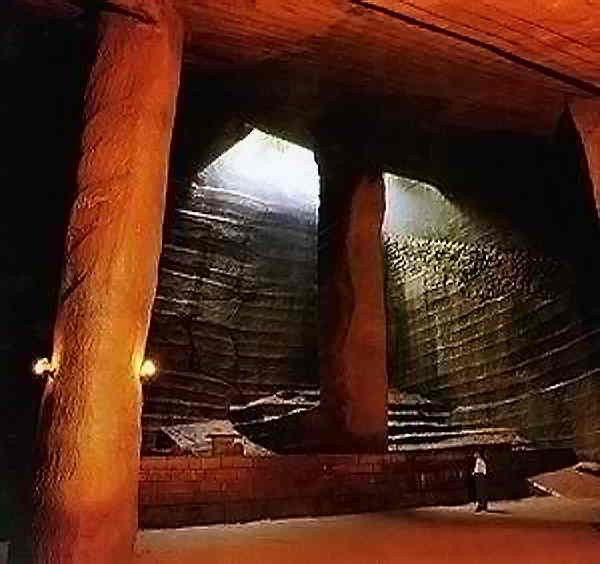
However, no objects used for lighting have been found since at least two thousand years ago. So how could ancient people do a job that required precision in pitch black environments?
Furthermore, with the help of state-of-the-art equipment, people measure these caves with almost absolute similarity, between wall thickness, angles, carved straight lines… So the method What is their construction method to achieve this precision?
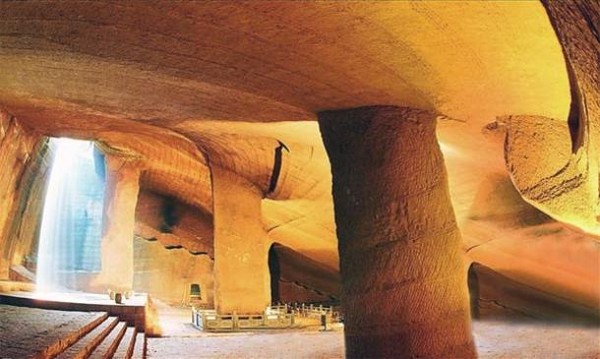
Some scientists believe that these caves were where the army was stationed and that the emperor in a past period wanted to hide the soldiers from view to keep it secret and prepare for war.
However, these caves were not just built in a short time. They took many years to build so it seems unlikely that they were used for war preparation purposes, which required everything to be done quickly. Furthermore, there are no signs that humans were in these caves. Therefore, for experts, this is still an unsolved mystery.





